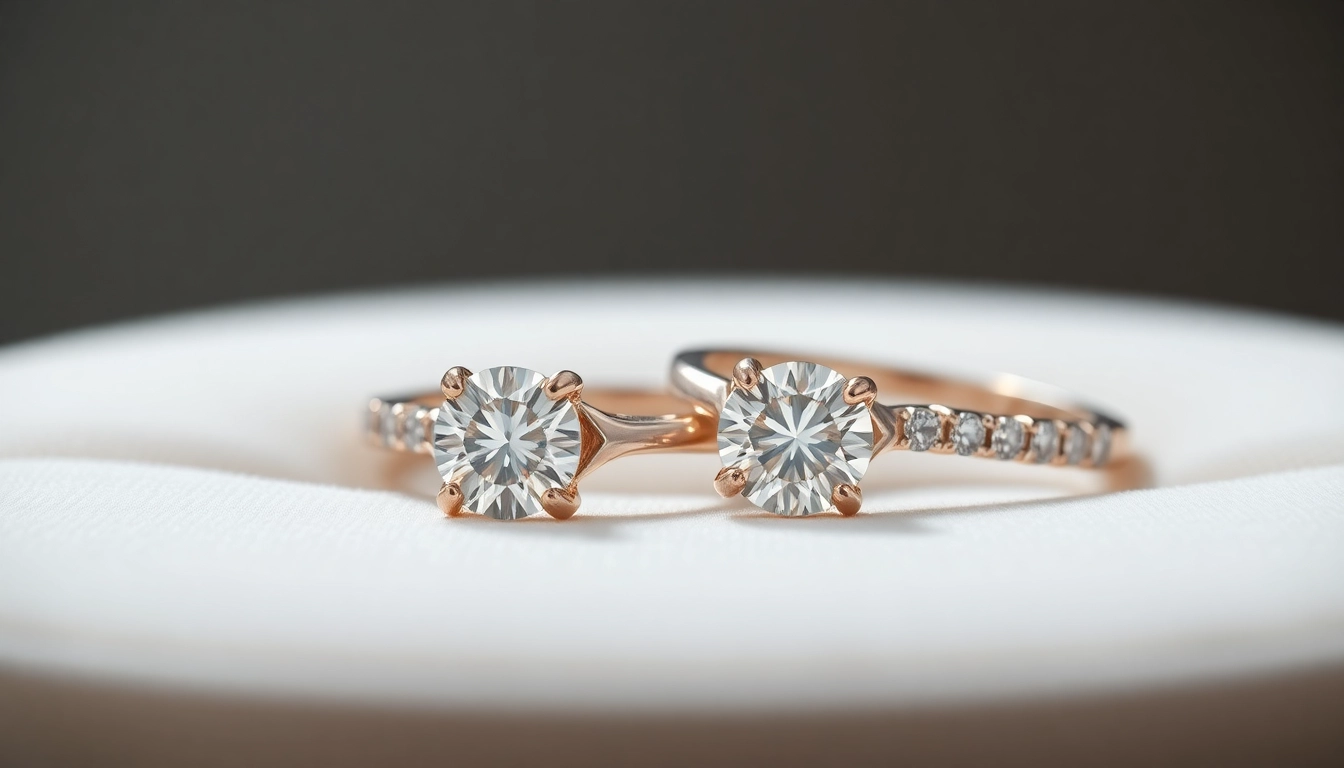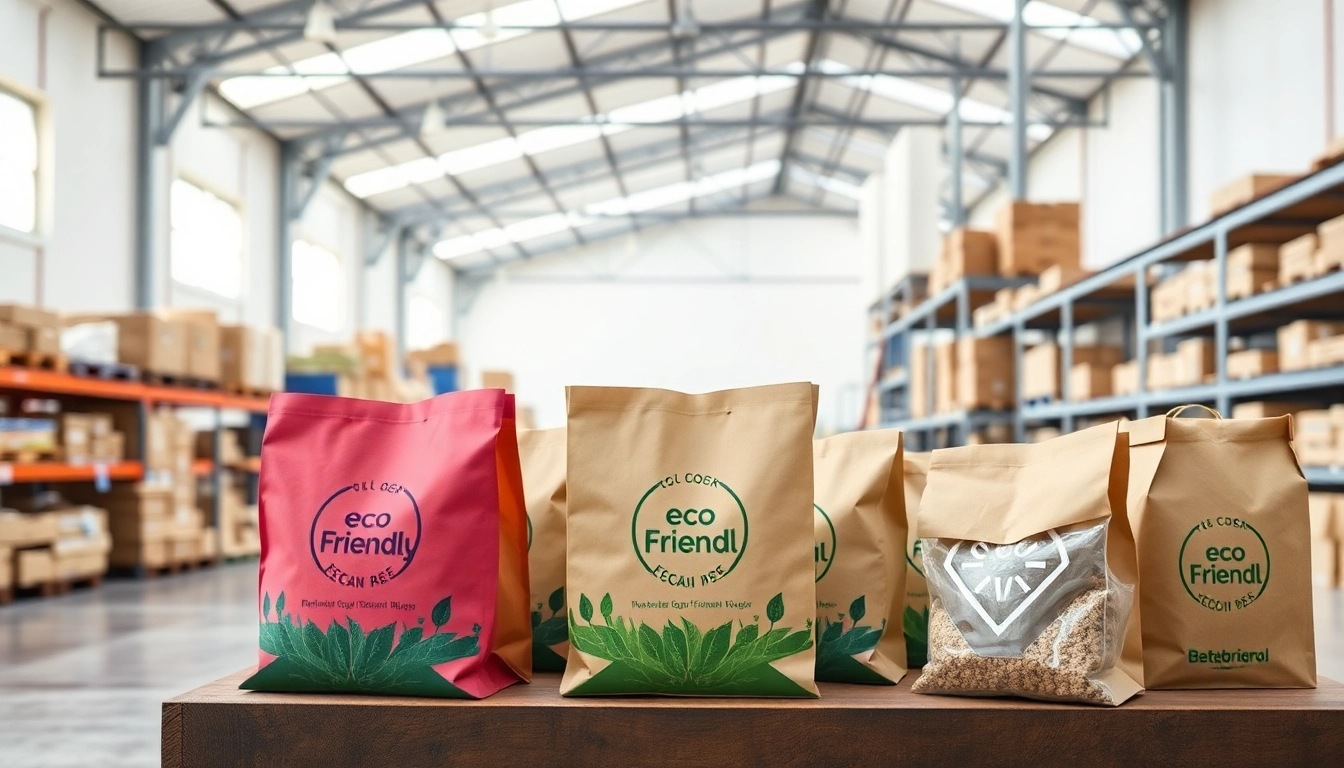In recent years, the jewelry industry has witnessed a transformative shift towards sustainable and ethically sourced materials, with lab-grown diamond rings emerging as a compelling alternative to traditional natural diamonds. These modern creations offer a blend of beauty, ethical integrity, and affordability, making them an increasingly popular choice among engaged couples and jewelry enthusiasts alike. If you’re exploring options for an engagement ring or a special gift, understanding the benefits, design possibilities, and care considerations of lab-grown diamond rings can help you make an informed decision. For more insights into unique engagement options, visit lab-grown diamond rings and discover exquisite designs tailored to your style and values.
Understanding Lab-Grown Diamond Rings: Benefits and Features
What Makes Lab-Grown Diamonds Attractive for Engagement Rings?
Lab-grown diamond rings are captivating because they provide the same optical and physical properties as natural diamonds, including brilliance, fire, and hardness, but are created in controlled laboratory environments. This technological advancement offers a compelling value proposition: stunning gemstones that are ethically produced, environmentally friendly, and more accessible financially.
One of the primary appeals of lab-grown diamonds is their sustainability. Unlike traditional mining, which can cause ecological disruption and social conflicts, lab-grown diamonds have a significantly lower carbon footprint, water usage, and land impact. Additionally, they are free from ethical concerns associated with conflict diamonds, ensuring that your ring supports responsible sourcing practices.
Furthermore, lab-grown diamonds often present better clarity and color options at a more affordable price point. The transparency in quality and origin also appeals to today’s conscientious consumers who seek authenticity and ethical integrity in their jewelry.
Comparison with Natural Diamonds: Cost, Quality, and Ethical Factors
When comparing lab-grown to natural diamonds, cost is a major differentiator. Typically, lab-grown diamonds cost 30-50% less than their natural counterparts of similar size and quality. This price difference allows for more flexible design choices or a larger, more eye-catching stone within the same budget.
In terms of quality, lab-grown diamonds meet or exceed industry standards. They are examined using the same grading protocols, such as the 4Cs (cut, color, clarity, carat weight), ensuring consistency and reliability. Advanced manufacturing techniques enable precise control over these characteristics, sometimes resulting in higher clarity grades with minimal inclusions.
From an ethical standpoint, lab-grown diamonds have a clear advantage. They eradicate concerns related to “blood diamonds” and exploitative mining practices, aligning with a growing societal emphasis on ethical consumerism. Transparency certifications like the IGI, GIA, or AGS can validate the origin and quality of lab-grown diamonds, giving buyers confidence in their purchase.
Manufacturing Processes Behind Lab-Grown Diamond Rings
Lab-grown diamonds are produced primarily via two technological methods: High Pressure High Temperature (HPHT) and Chemical Vapor Deposition (CVD). Each process replicates natural diamond formation conditions but in a fraction of the time.
HPHT involves subjecting carbon to extreme pressure and temperature, transforming it into a crystalline diamond. This method is often used for creating near-colorless or colored diamonds and allows for large, high-quality stones.
The CVD process, on the other hand, involves depositing carbon atoms onto a substrate in a vacuum chamber. This technique offers greater control over the crystal growth, enabling the production of high-quality, pure diamonds ideal for fine jewelry like engagement rings.
Both processes are highly advanced, with ongoing innovations improving efficiency, color range, and size capabilities, making lab-grown diamonds increasingly versatile for various jewelry designs.
Design and Style Options for Lab-Grown Diamond Rings
Popular Settings and Cuts for Lab-Grown Diamond Rings
Lab-grown diamonds lend themselves to virtually any setting or cut, with popularity favoring classic and contemporary styles alike. The round brilliant cut remains a perennial favorite due to its maximized sparkle, but oval, princess, emerald, and cushion cuts are also highly sought after for their unique visual appeal.
Settings such as solitaire, halo, three-stone, and pave continue to dominate the market, offering versatility and personalization. Halo settings, in particular, enhance the apparent size and brilliance of the central lab-grown diamond, creating a stunning focal point.
Designers are also experimenting with mixed metals, vintage-inspired designs, and minimalist aesthetics to cater to diverse tastes and trends, ensuring that lab-grown diamond rings can match anyone’s style while maintaining a contemporary ethical edge.
Customizing Your Lab-Grown Diamond Ring: Trends and Tips
Customization is a key trend, allowing buyers to tailor their rings by selecting specific cuts, settings, and metal types. Engraving, adding side stones, or choosing asymmetric designs can further personalize the piece, making it uniquely special.
When customizing, consider the wearer’s lifestyle and preferences—whether they favor understated elegance or bold statements. Consulting with jewelers experienced in lab-grown stones can help optimize design choices for durability and visual appeal.
Technological advancements now enable virtual design tools, allowing customers to visualize their rings before manufacturing, thereby ensuring satisfaction and confidence in the final piece.
Matching Lab-Grown Diamond Rings with Personal Style
Lab-grown diamond rings are adaptable to various fashion sensibilities—from modern and minimalist to vintage and ornate styles. For minimalist enthusiasts, sleek band designs with a solitaire lab-grown diamond emphasize simplicity and elegance. Conversely, those drawn to artistic flair might opt for intricate settings with multiple stones or colored metals.
Color coordination is also essential. White gold, platinum, rose gold, or yellow gold can drastically change the ring’s appearance, allowing it to complement the wearer’s wardrobe and skin tone. The freedom to choose from an extensive array of designs ensures that everyone can find a piece that resonates with their personal style while aligning with ethical commitments.
Buying Guide: Choosing High-Quality Lab-Grown Diamond Rings
Key Certifications and Grading Standards to Look For
When purchasing a lab-grown diamond ring, certification from recognized laboratories is crucial. Certifications such as GIA (Gemological Institute of America), IGI (International Gemological Institute), or AGS (American Gem Society) verify the diamond’s quality, origin, and adherence to industry standards.
Pay close attention to the 4Cs grading report, which details the cut, color, clarity, and carat weight. A reputable certificate provides transparency and ensures the diamond’s properties match your expectations, giving you confidence in your investment.
Trusted Retailers and Online Stores for Lab-Grown Diamond Rings
Market leading online platforms and boutique jewelers specializing in lab-grown diamonds offer diverse collections with detailed descriptions, certification, and return policies. Companies like Clean Origin, Brilliant Earth, and Ada Diamonds have established reputations for quality and transparency.
Local jewelers with expertise in lab-grown stones are also valuable resources—they can offer personalized consultations, custom designs, and after-sales support. Always verify seller credentials and customer reviews before making a purchase.
Budget Planning and Value Assessment
Establishing a clear budget is essential. Lab-grown diamond rings are generally more affordable, freeing up resources for larger or more elaborate designs. Consider total cost, including setting, metal, and certification fees.
Evaluate the value based on the quality of the diamond (grades and certification) and craftsmanship. Prioritize clarity and cut, as these significantly influence sparkle and overall visual impact. Comparing offers from multiple vendors ensures you receive the best combination of value and quality.
Care and Maintenance of Lab-Grown Diamond Rings
Cleaning Tips to Keep Your Lab-Grown Diamonds Sparkling
Maintaining the brilliance of your lab-grown diamond ring involves regular cleaning. Use a gentle solution of warm water and mild dish soap, soft brushing with a toothbrush, and rinsing with clean water to remove oils, dirt, and residues.
For deeper cleaning, ultrasonic cleaners are effective, but consult with your jeweler to ensure compatibility with your specific ring design and setting. Regular professional inspections will help detect any loose stones or damage early.
Storage and Handling Best Practices
Store your ring separately in a soft-lined jewelry box or a fabric pouch to prevent scratches and abrasions. Avoid exposing the ring to harsh chemicals, such as bleach or chlorine, which can damage the metal setting.
When not in use, remove the ring during activities like cleaning, gardening, or exercise to minimize impact and contamination.
Long-Term Durability and Repair Options
Lab-grown diamonds are as durable as natural diamonds, with a hardness of 10 on the Mohs scale. Nonetheless, regular maintenance ensures their longevity. Any loose or damaged prongs should be repaired promptly by a professional jeweler.
In case of damage or resizing, choose a jeweler experienced with lab-grown stones to avoid risking stone integrity and to ensure repairs meet quality standards.
Future Trends and Innovations in Lab-Grown Diamond Ring Jewelry
Technological Advances in Lab-Grown Diamond Production
Ongoing innovations promise larger, higher-quality, and more color-varied lab-grown diamonds. Developments in CVD technology are enabling the production of colorless and naturally colored stones at scale, opening new design possibilities.
Additionally, enhanced control over growth conditions improves consistency, reducing production times and costs, making lab-grown diamonds even more accessible.
Design Innovations and Ring Customization Options
Emerging technologies like 3D printing and digital design enable intricate, personalized settings that reflect individual tastes. Custom engravings, asymmetric designs, and combined metal styles are becoming more prevalent, providing unique, bespoke jewelry pieces.
Laser inscription on the girdle allows for authentication and personalization, adding sentimental value and traceability for buyers.
Market Growth and Consumer Adoption Insights
The global market for lab-grown diamonds is experiencing rapid growth, driven by increased consumer awareness and environmental consciousness. Industry reports forecast sustained expansion, with younger consumers prioritizing ethical choices without compromising on quality.
As manufacturing costs decline further and certification standards improve, lab-grown diamond rings are expected to become mainstream, reshaping the future landscape of fine jewelry.



